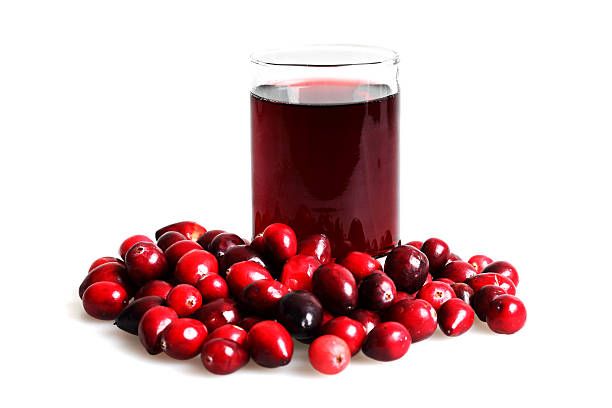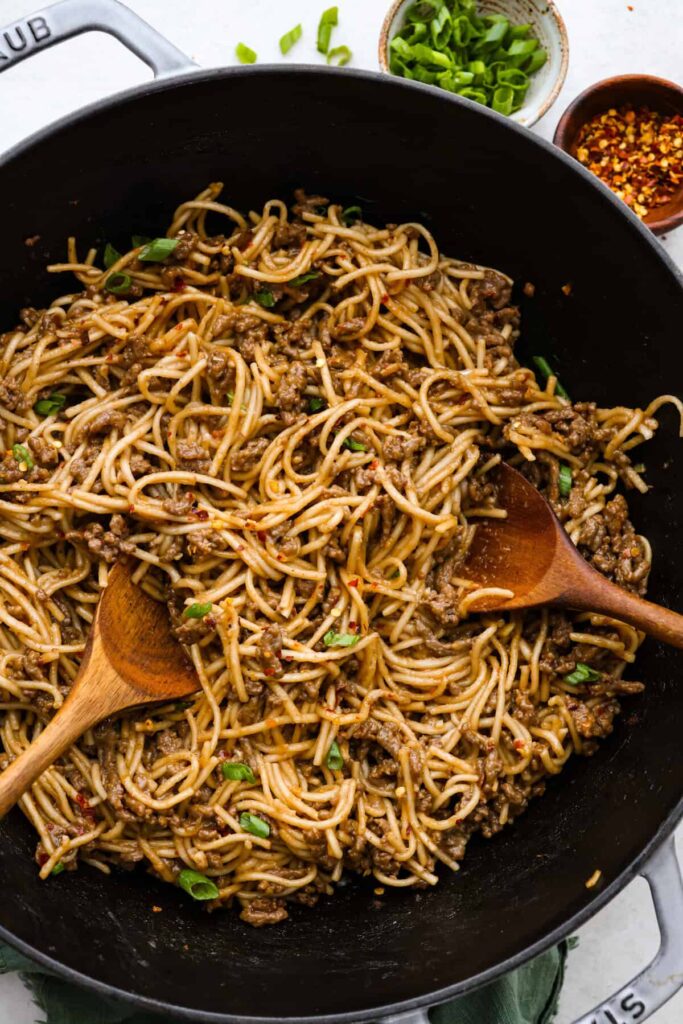Cranberry juice helps prevent UTIs primarily by containing proanthocyanidins that inhibit bacteria from adhering to the urinary tract walls.
Image credits: Unsplash

This study seeks to compare the effects of cranberry juice, cranberry tablets, and increased fluid intake in managing UTIs. With moderate to low certainty, the evidence supports the use of cranberry juice for UTI prevention. Although increased fluid intake reduces UTI rates compared to no treatment, cranberry juice offers superior clinical outcomes in reducing both UTI incidence and antibiotic use, making it a recommended option for managing UTIs.1
A total of 20 trials involving 3,091 participants were included. 18 studies showed that cranberry juice consumption was associated with a 54% reduction in UTI rates compared to no treatment and a 27% reduction compared to placebo. Additionally, cranberry juice led to a 49% lower rate of antibiotic use compared to placebo and a 59% lower rate compared to no treatment, according to a network meta-analysis of six studies.1
“The use of cranberry compounds also reduced the prevalence of symptoms associated with UTIs,” according to researchers. “While increased liquids benefit the rate of UTIs and reduce antibiotic use, and cranberry compounds benefit symptoms of infection, the combination of these, in cranberry juice, provides clear and significant clinical outcomes for the reduction in UTIs and antibiotic use.”1
Main Takeaways
- Cranberry juice reduces UTI rates and antibiotic use, with a 54% reduction in UTI incidence compared to no treatment and a 27% reduction compared to placebo.
- Cranberry juice provides better clinical outcomes for UTI prevention than increased fluid intake alone, reducing both UTI rates and antibiotic use more effectively.
- Cranberry supplements, especially cranberry juice, show broad-spectrum anti-adhesion activity against various uropathogenic E coli strains, while D-mannose is effective only against Type 1 adhesion.
PubMed, Embase, and Cochrane CENTRAL were searched for randomized controlled trials. The primary outcome was UTI incidence, with secondary outcomes including UTI symptoms and antibiotic use. Risk of bias was assessed with the Cochrane tool, and evidence certainty was evaluated using the GRADE system.1
Limitations included, the impact on antibiotic use was constrained by the limited number of available studies. Data aggregation proved challenging due to the wide variation in definitions of “recurrent UTIs,” some studies considered any additional UTI as recurrent, while others required more than three UTIs over different time frames or needed positive bacterial culture confirmation.1
Comparative Efficacy of Cranberry vs D-Mannose
A Pubmed study verified the effectiveness of cranberry dietary supplements, anti-adhesion activity (AAA) against uropathogenic bacteria is assessed using in vitro bioassays for whole products and isolated compounds, as well as ex vivo bioassays to evaluate urinary activity after consumption. In vitro and ex vivo bioassays demonstrated that cranberry juice consistently offers more robust and reliable ex vivo urinary AAA compared to D-mannose over multiple study periods. 2
Amy Howell, PhD, retired research scientist at Rutgers Univeristy explains in an interview with Contagion how cranberry demonstrates broader effectiveness.
Howell explains they discovered that, “bacterial adhesion may also be initiated by indirect effects, including inducing a protein called Tamm-Horsfall (THP) that is known to inhibit adhesion of one type of E coli (Type 1) that are associated with bladder infections. Interestingly, the positive AAA after intake of D-mannose was no different than that found in the background urines of participants prior to taking the supplement,” Howell explains. “So the effect may just be due to production of THP, not anything the D-mannose is doing.”
The in vitro study involved isolating out some of the major compound classes in cranberry and testing them and D-mannose using the anti-adhesion assay in the lab to explore which compounds may be responsible for preventing bacterial adhesion directly.2
In contrast, cranberry showed a distinct effect, “The background urines prior to cranberry did not explain the positive effects. After intake, cranberry prevented adhesion of both the Type 1 and the P-type E coli (the ones associated with kidney infections),” indicating a broader and more effective coverage in preventing adhesion. Howell emphasizes the importance of using a standardized cranberry product: “The cranberry product needs to be highly standardized for 36 mg of proanthocyanidin (PAC) content and be derived from cranberry juice, not whole fruit.”
This study has limitations associated with using AAA assays to predict clinical efficacy. Howell explains the study’s AAA data reveals that “after intake it can prevent the initial step in the infection process, thereby reducing infection rates.” Although, this in vitro and ex vivo research alone cannot conclusively determine UTI management effectiveness.
Howell points out, “The in vitro study cannot stand alone for concluding UTI management without the ex vivo clinical component where participants were given products and urine collected and tested.” To truly assess clinical efficacy, a randomized placebo-controlled trial with a larger participant pool is needed to detect statistically significant UTI recurrence rates over an extended period.
The research confirms that cranberry juice consistently offers more reliable ex vivo urinary AAA compared to D-mannose. This study utilized a crossover design to compare the effects of D-mannose and a standardized cranberry product containing 36 mg of PACs. The findings demonstrate that cranberry had much broader and more effective coverage in preventing adhesion.
While AAA assays provide valuable insights into the mechanisms behind cranberry’s effectiveness, Howell notes, “they allow us to begin to understand that D-mannose may not have brought about the ex vivo effects and it may have been due to something naturally produced by the body (THP) that prevents bacterial adhesion.”
While cranberry shows promise, additional clinical trials are needed to fully establish the efficacy of these supplements for UTI prevention.
References
-
Moro C, Phelps C, Veer V, et. al. Cranberry Juice, Cranberry Tablets, or Liquid Therapies for Urinary Tract Infection: A Systematic Review and Network Meta-analysis. Sciencedirect. Published July 18, 2024. Accessed July 30, 2024. https://www.sciencedirect.com/science/article/pii/S2405456924001226
-
Howell AB, Dreyfus JF, Bosley S, et al. Differences in P-Type and Type 1 Uropathogenic Escherichia coli Urinary Anti-Adhesion Activity of Cranberry Fruit Juice Dry Extract Product and D-Mannose Dietary Supplement. J Diet Suppl. Published May 28, 2024. Accessed July 30, 2024. doi: 10.1080/19390211.2024.2356592








